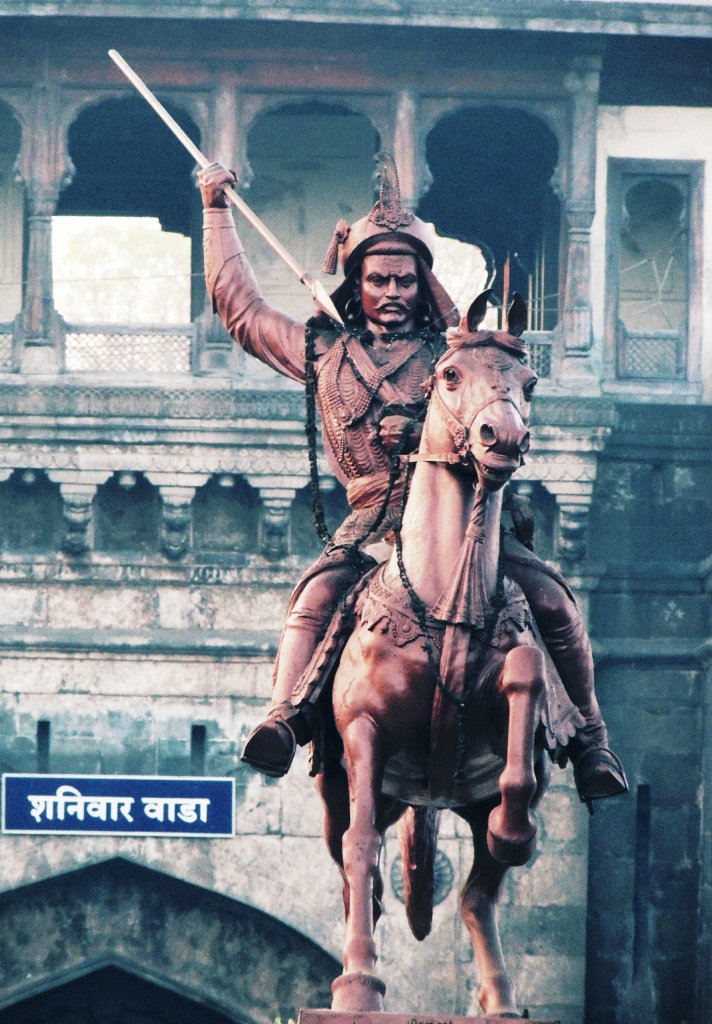The Raja Dinkar Kelkar Museum stands as a profound testament to India's rich cultural mosaic, embodying the passionate lifetime work of Dr. Dinkar G. Kelkar. What began as a personal mission in 1920 transformed into a comprehensive repository of artistic and cultural artifacts that capture the essence of Indian life across generations.
Dr. Kelkar's remarkable journey as a collector was driven by an unwavering commitment to preserving not just objects, but the stories and traditions they represented. Over six decades, he meticulously gathered items that reflected the daily experiences, artistic expressions, and cultural nuances of diverse Indian regions. Each artifact in the museum serves as a silent storyteller, offering glimpses into the intricate tapestry of Indian civilization.
The museum's collection is a breathtaking panorama of Indian creativity, featuring everything from delicate musical instruments to elaborate sculptures, traditional textiles, and historical weaponry. Each piece has been carefully selected and preserved to showcase the remarkable craftsmanship and cultural depth of different Indian communities. The diverse range of artifacts demonstrates the incredible artistic versatility that has defined India's cultural landscape.
One of the museum's most captivating exhibits is the reconstructed Mastani Mahal, which offers visitors an immersive experience into the romantic and historical narrative of Mastani, the legendary consort of Peshwa Bajirao I. This meticulously recreated chamber not only preserves architectural details but also narrates a poignant story of love, passion, and cultural complexity that resonates deeply with Indian historical traditions.
The architectural design of the museum itself is a thoughtful representation of traditional Indian aesthetics. Spread across three stories, the building provides an elegant backdrop that enhances rather than overshadows the artifacts. Its simple yet impressive structure allows the collection to take center stage, creating an environment that encourages contemplation and deep appreciation of cultural heritage.
Beyond its physical collection, the museum has embraced modern technological approaches to cultural preservation. During the COVID-19 pandemic, it successfully transitioned to virtual experiences, demonstrating remarkable adaptability. This approach has not only maintained public engagement but also expanded the museum's reach to a global audience interested in exploring India's rich cultural narrative.
The museum's significance extends beyond mere artifact display; it represents a living, breathing narrative of India's cultural continuity. By presenting objects not as static exhibits but as dynamic representations of human creativity and social evolution, the Raja Dinkar Kelkar Museum invites visitors to engage with history in a deeply personal and meaningful manner. It serves as a bridge connecting past traditions with contemporary understanding, making cultural heritage accessible and relevant.
The collaborative spirit behind the museum is also noteworthy, exemplified by the Chandrashekhar Agashe Museum Wing. This section, featuring a collection of ancient Indian musical instruments donated by Agashe's sons, highlights the interconnectedness of cultural preservation. It represents how individual passion and familial connections can contribute to a broader, more comprehensive understanding of national heritage.





